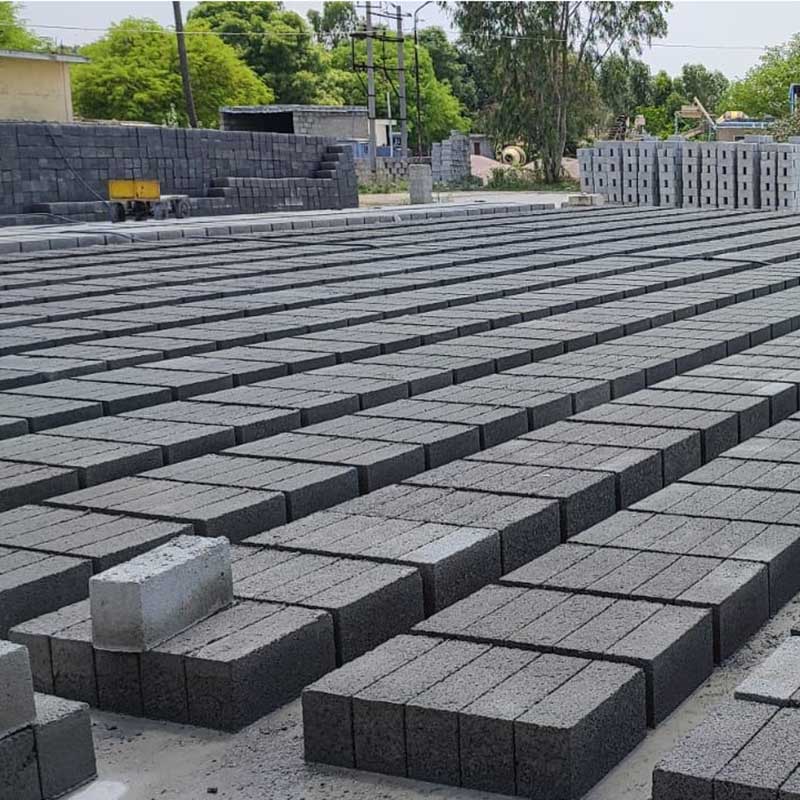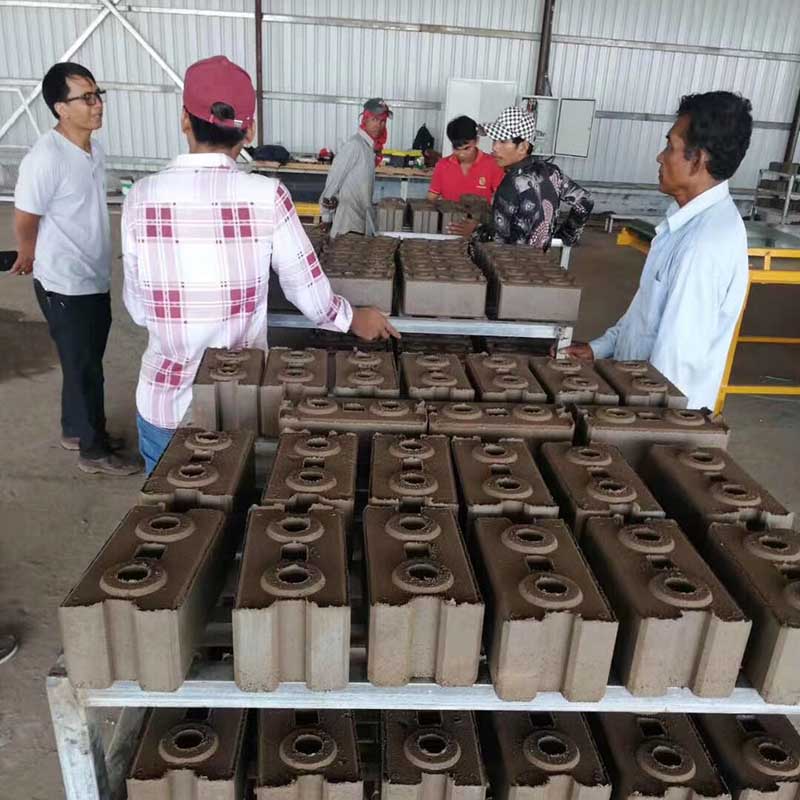 In the ever-evolving landscape of construction, concrete bricks have emerged as a transformative force, reshaping the way buildings are erected and the materials used in the process.
In the ever-evolving landscape of construction, concrete bricks have emerged as a transformative force, reshaping the way buildings are erected and the materials used in the process.
This comprehensive exploration delves into the multifaceted role of concrete bricks, highlighting their significance and the indispensable role played by brick-making machines in this architectural evolution.
The Impact of Concrete Bricks on the Evolution of the Building Industry
Concrete Bricks: The Cornerstone of Modern Construction
Concrete bricks, composed of cement, sand, and aggregates, have become the cornerstone of modern construction.
Their widespread use is attributed to a myriad of benefits that contribute to the durability, versatility, and sustainability of structures.
- Durability Beyond Compare: Concrete bricks boast exceptional durability, standing the test of time in various climates.
- Their resistance to weathering, erosion, and natural disasters makes them an ideal choice for constructing resilient and long-lasting buildings.
- Versatility Unleashed: The versatility of concrete bricks is unparalleled. Available in various sizes, shapes, and finishes, they cater to diverse architectural styles and construction needs.
- From residential homes to commercial complexes, these bricks provide architects and builders with a flexible canvas to bring their visions to life.
- Sustainability in Construction: In an era where sustainable construction practices are paramount, concrete bricks shine as eco-friendly building materials.
- They can be produced using locally sourced materials, reducing transportation costs and minimizing the environmental impact associated with long-distance material transport.
The Crucial Role of Brick-Making Machines in Concrete Brick Production
Behind the scenes of the concrete brick revolution stands the indispensable brick-making machine.
These machines automate and streamline the brick production process, elevating efficiency, reducing labor costs, and ensuring consistent quality.
- Automation for Precision: Brick-making machines incorporate automation to ensure precision in the production of concrete bricks.
- This results in uniform size, shape, and composition, meeting stringent industry standards and enhancing the structural integrity of buildings.
- Increased Efficiency and Productivity: The efficiency of brick-making machines translates into increased productivity.
- With the ability to produce a large volume of bricks in a shorter time frame, construction projects benefit from accelerated timelines, contributing to overall project efficiency.
- Cost-Effective Construction: The economic advantages of brick-making machines are significant.
- By automating manual processes, these machines reduce labor costs, making the production of concrete bricks more cost-effective.
- This, in turn, contributes to the affordability of construction projects.

Concrete bricks have been integral to numerous iconic structures worldwide, showcasing their adaptability and enduring appeal.
- Structural Foundations: Concrete bricks serve as the structural foundation for buildings of all sizes and purposes.
- From the foundations to load-bearing walls, their robust nature ensures the stability and safety of structures.
- Architectural Aesthetics: Beyond structural elements, concrete bricks contribute to the aesthetic appeal of buildings.
- Their smooth surfaces provide a modern finish, while textured bricks add character and charm to architectural designs.
- Sustainable Urban Development: In urban development projects, concrete bricks play a vital role in constructing sustainable infrastructure.
- Their durability and eco-friendly attributes align with the principles of creating resilient and environmentally conscious urban spaces.

While concrete bricks have revolutionized the construction industry, challenges persist.
Innovations in both material composition and production processes are crucial for addressing these challenges and ensuring the continued evolution of concrete brick construction.
- Challenges in Material Production: The production of cement, a key component in concrete bricks, is associated with carbon emissions.
- Addressing this environmental concern requires ongoing research and development to explore alternative, more sustainable cement formulations.
- Advancements in Sustainable Practices: Innovations in sustainable practices are paramount for the future of concrete brick construction.
- This includes exploring recycled aggregates, alternative binding materials, and energy-efficient production processes to further reduce the environmental footprint of concrete brick manufacturing.
Conclusion: Paving the Way for a Concrete Future
Concrete bricks, propelled by the advancements of brick-making machines, have undeniably shaped the contemporary construction landscape.
Their durability, versatility, and sustainability make them essential components in the architect’s toolkit.
As the industry navigates challenges and embraces innovations, concrete bricks stand as the foundation of a concrete future—one that prioritizes resilience, efficiency, and environmental responsibility in every brick laid.
